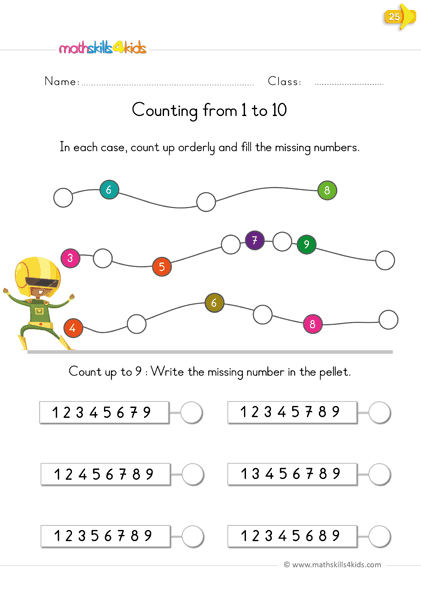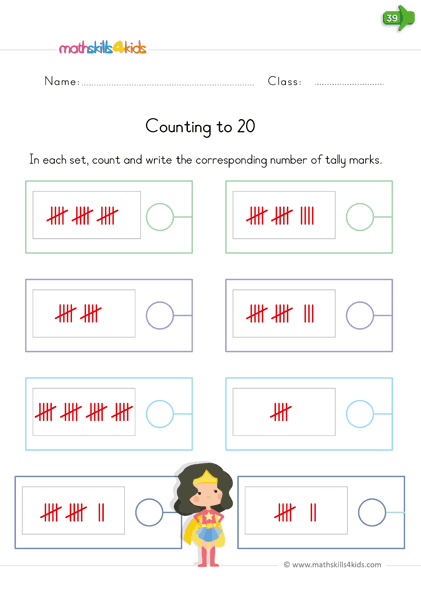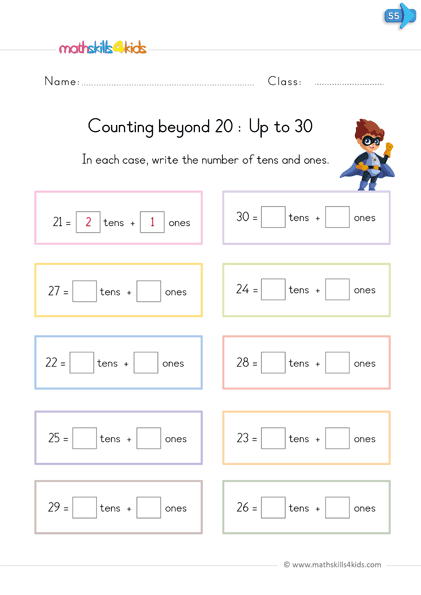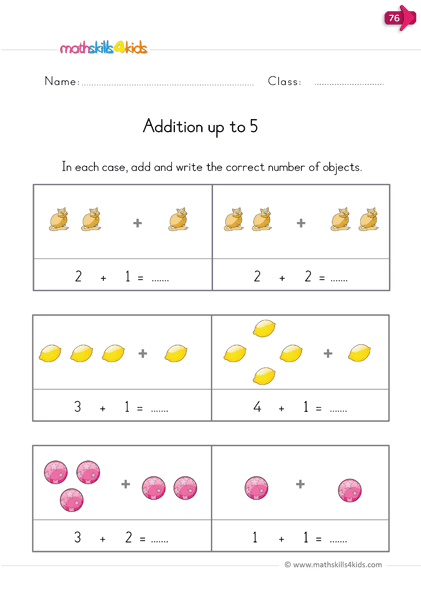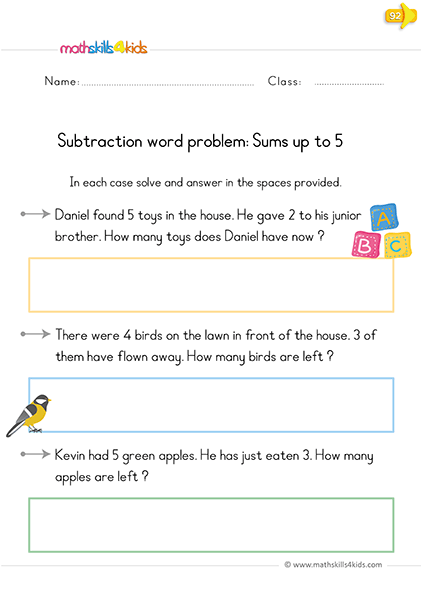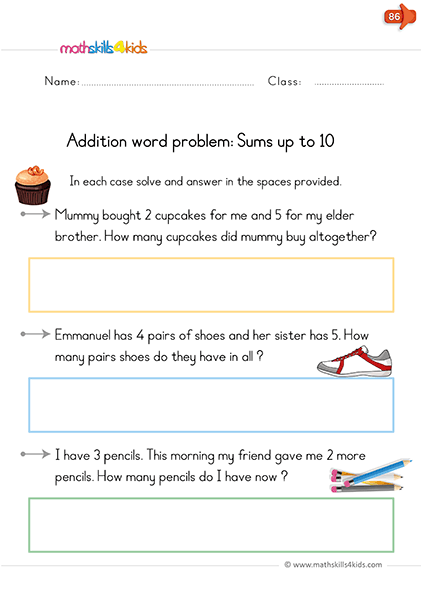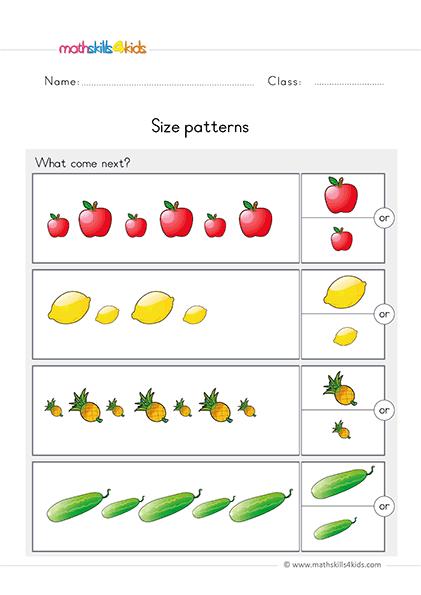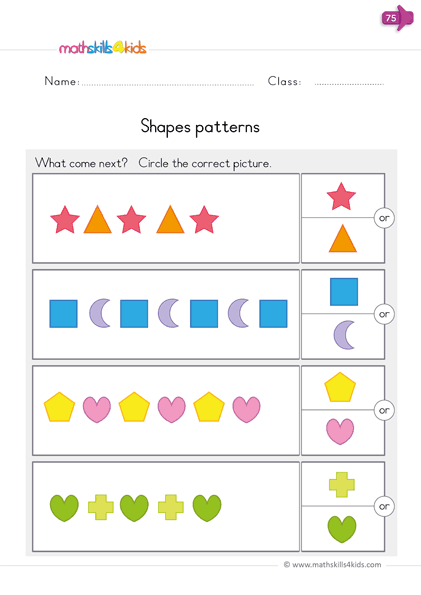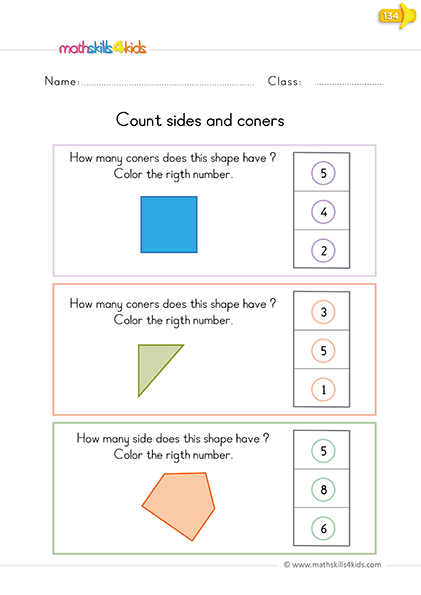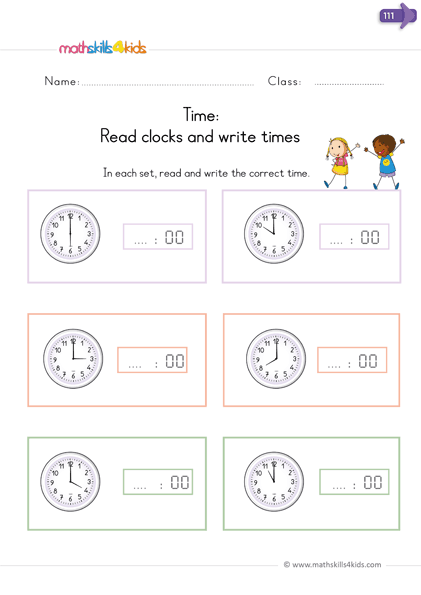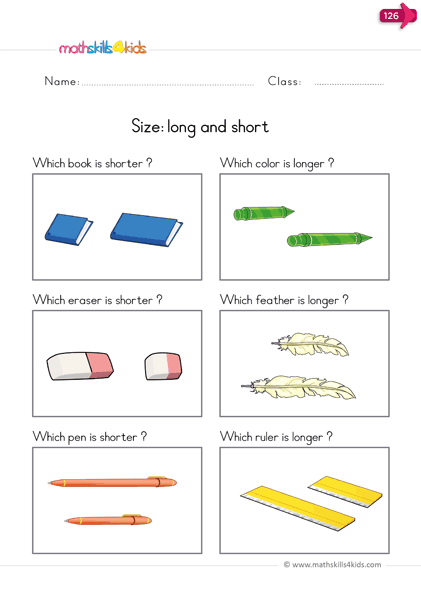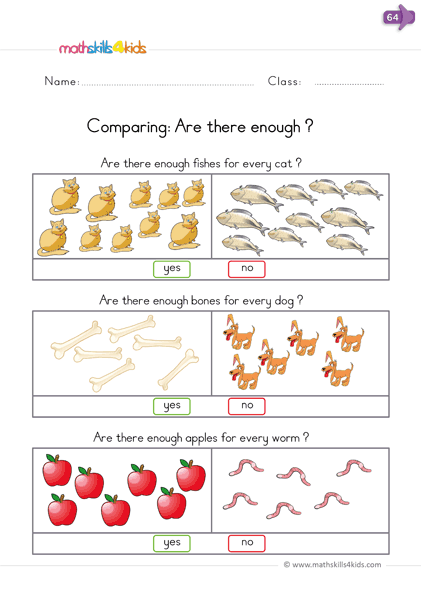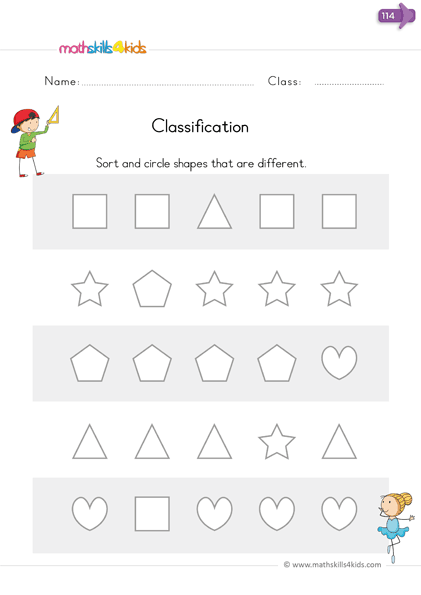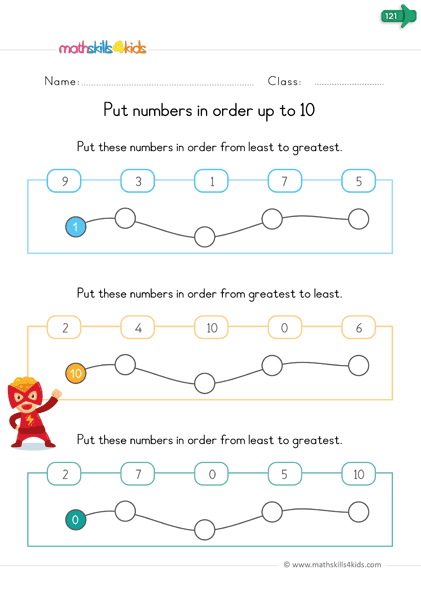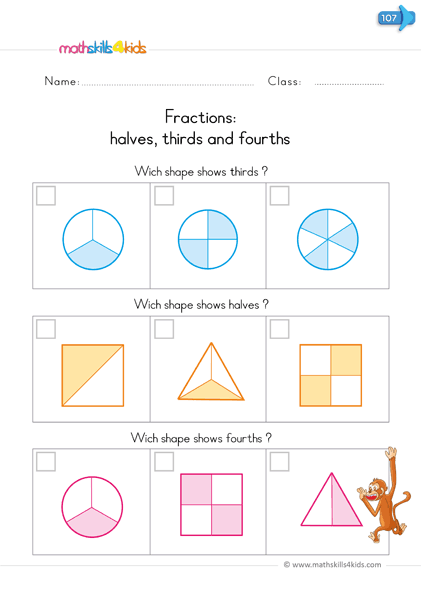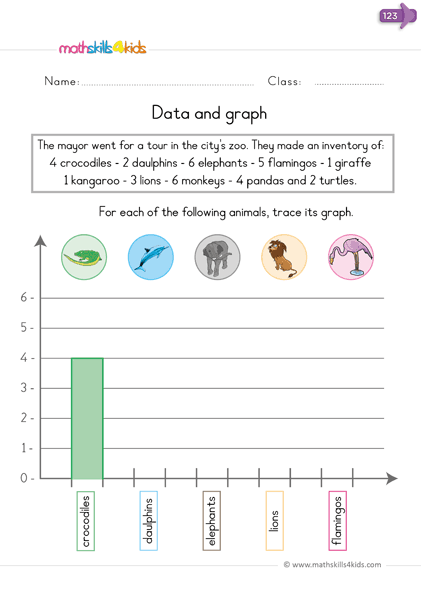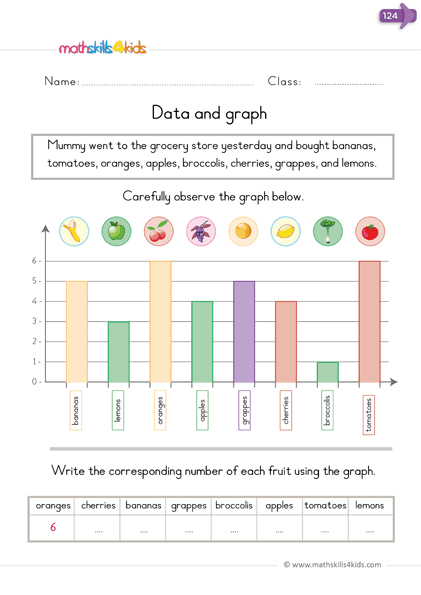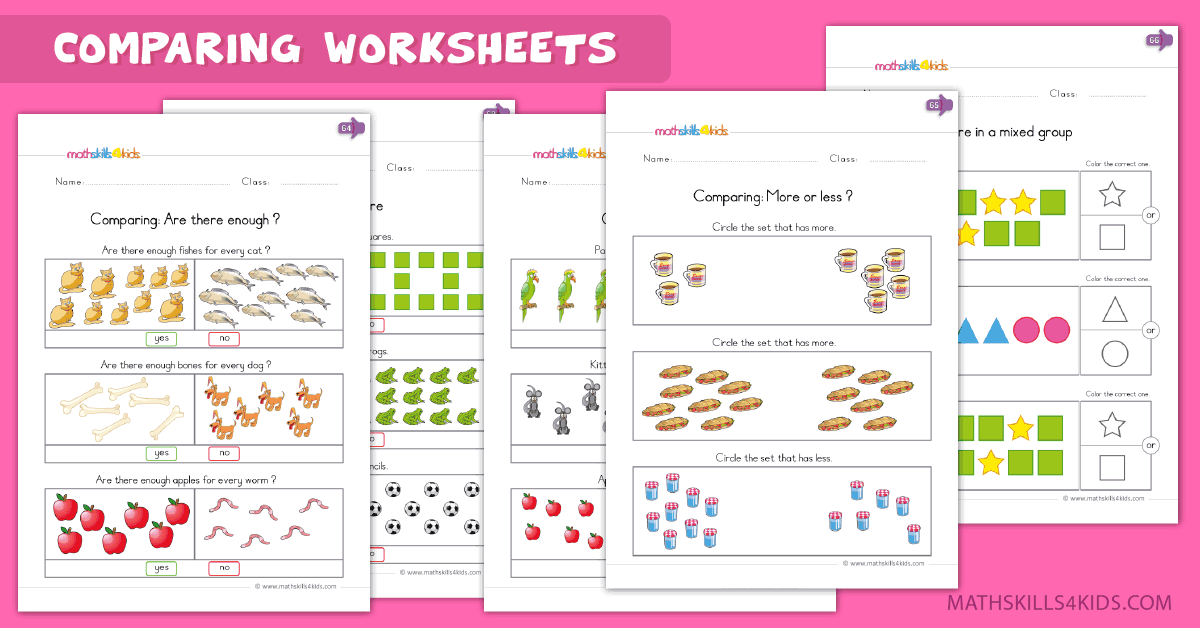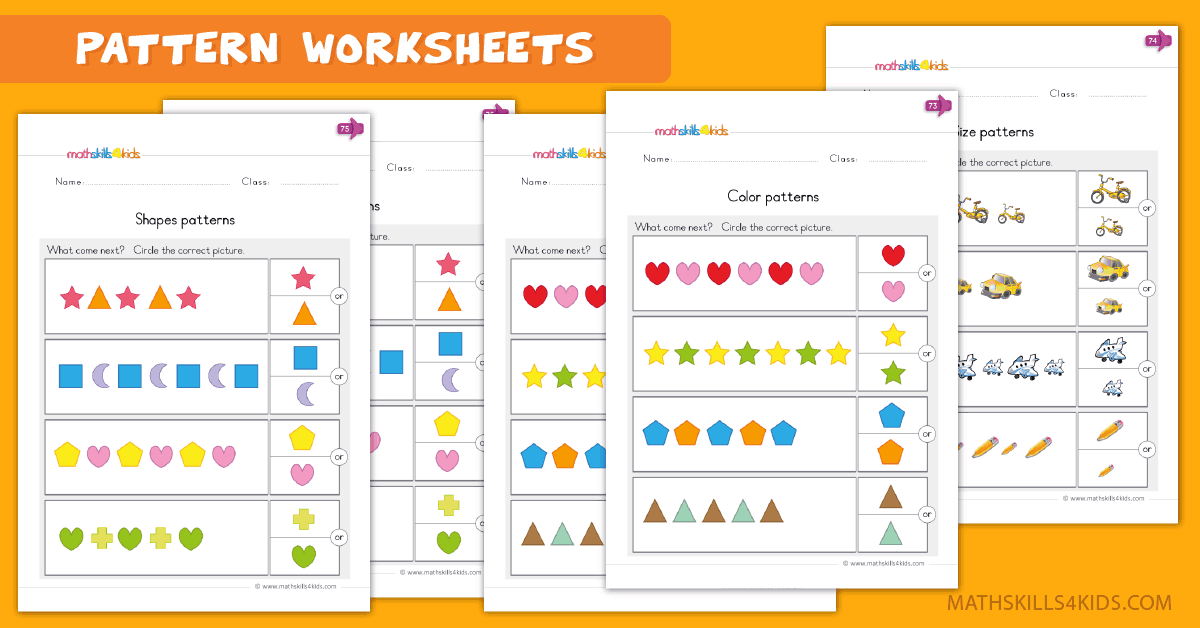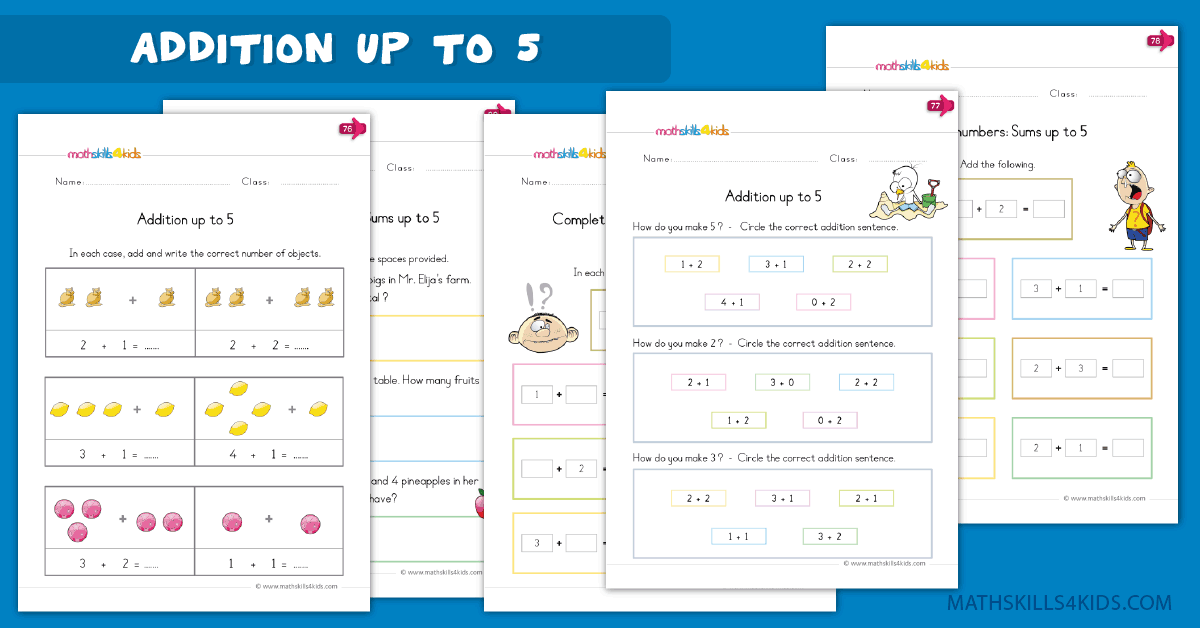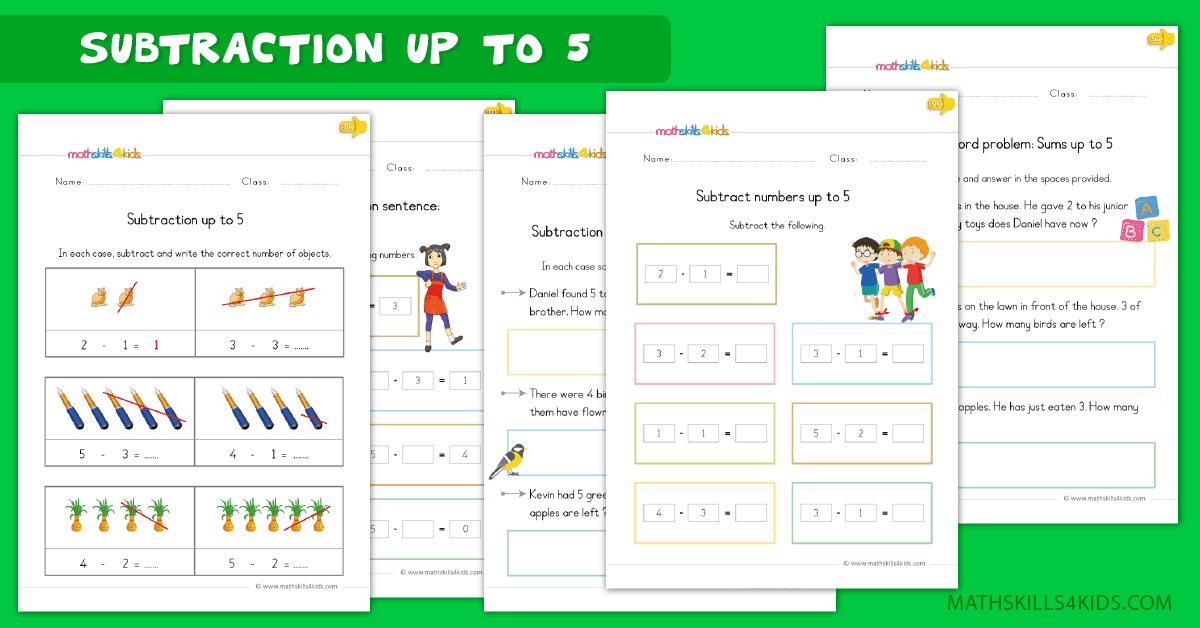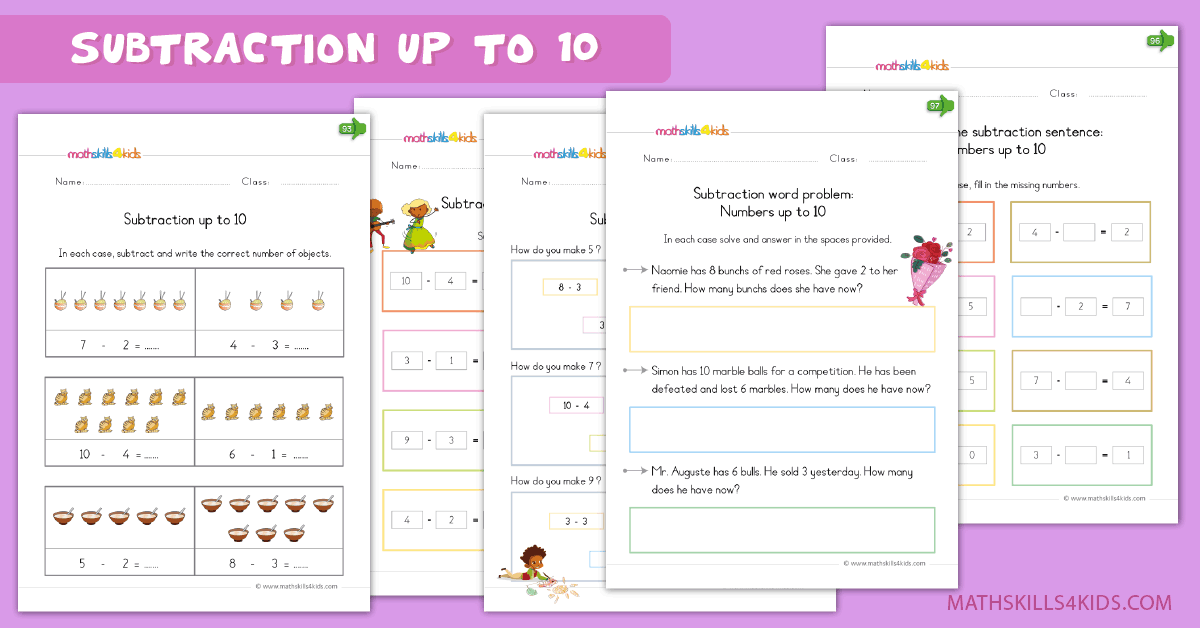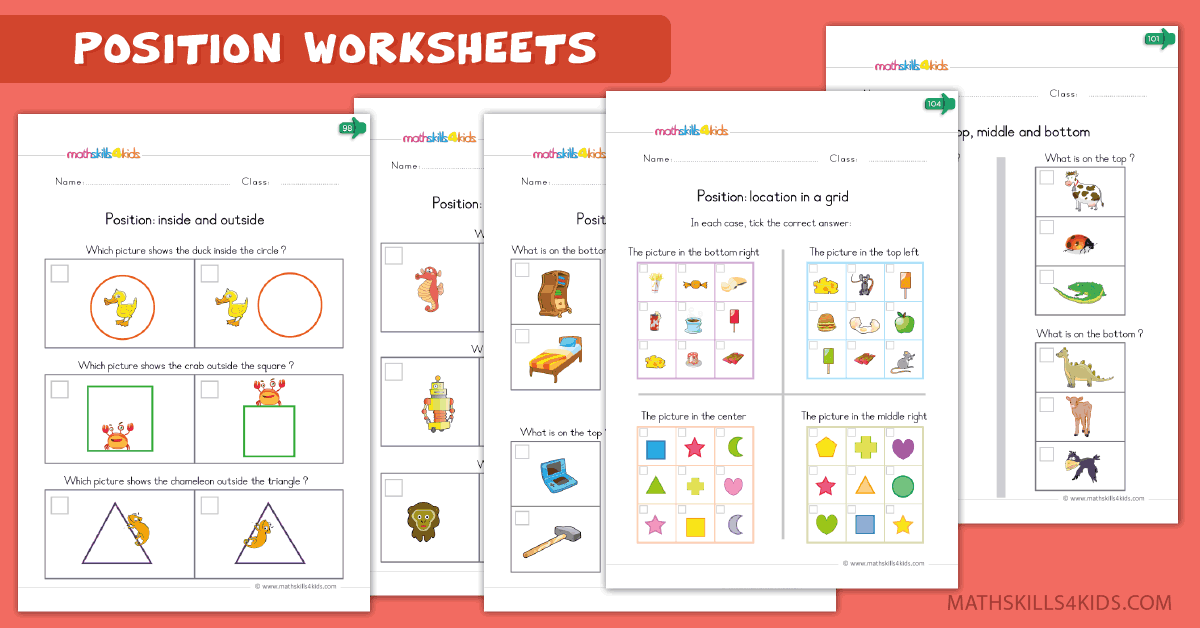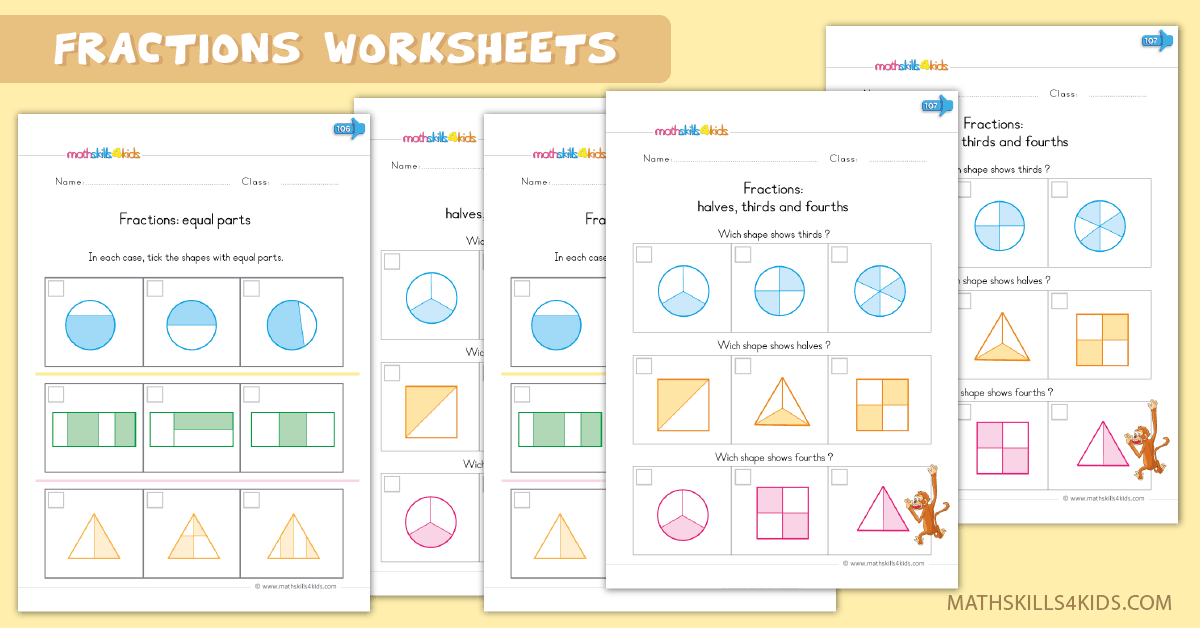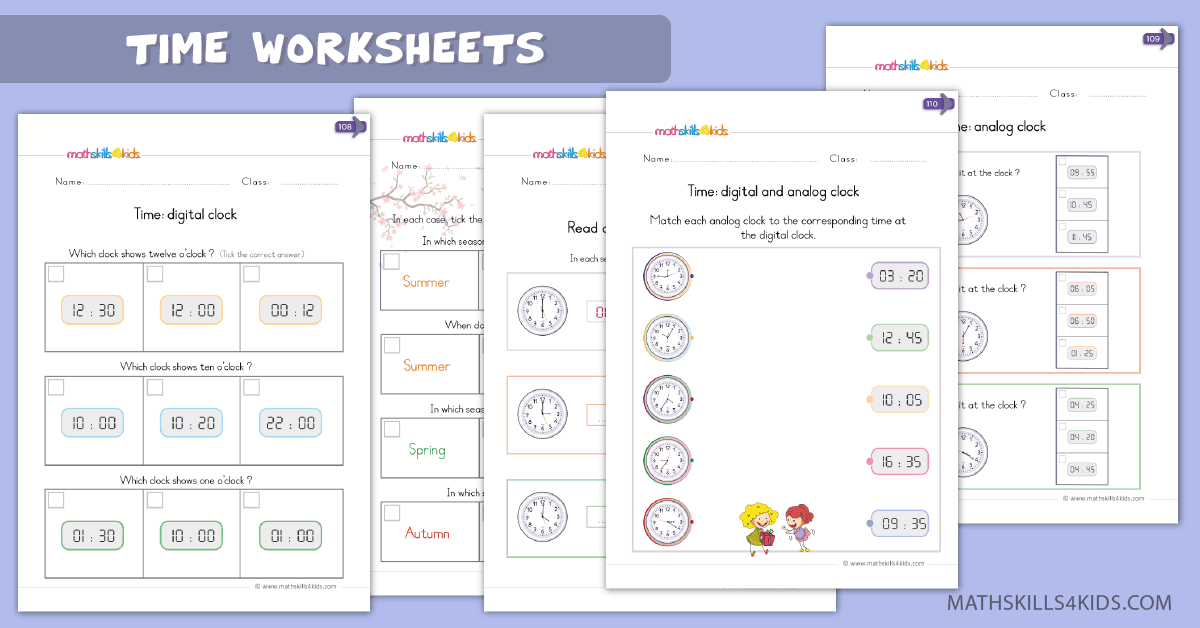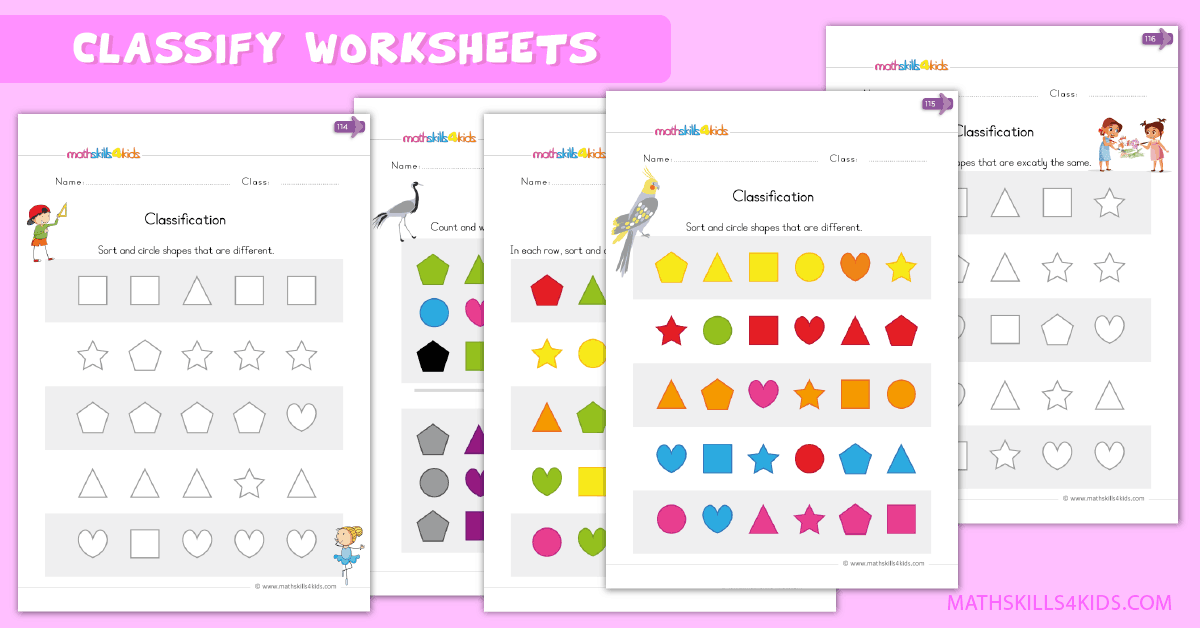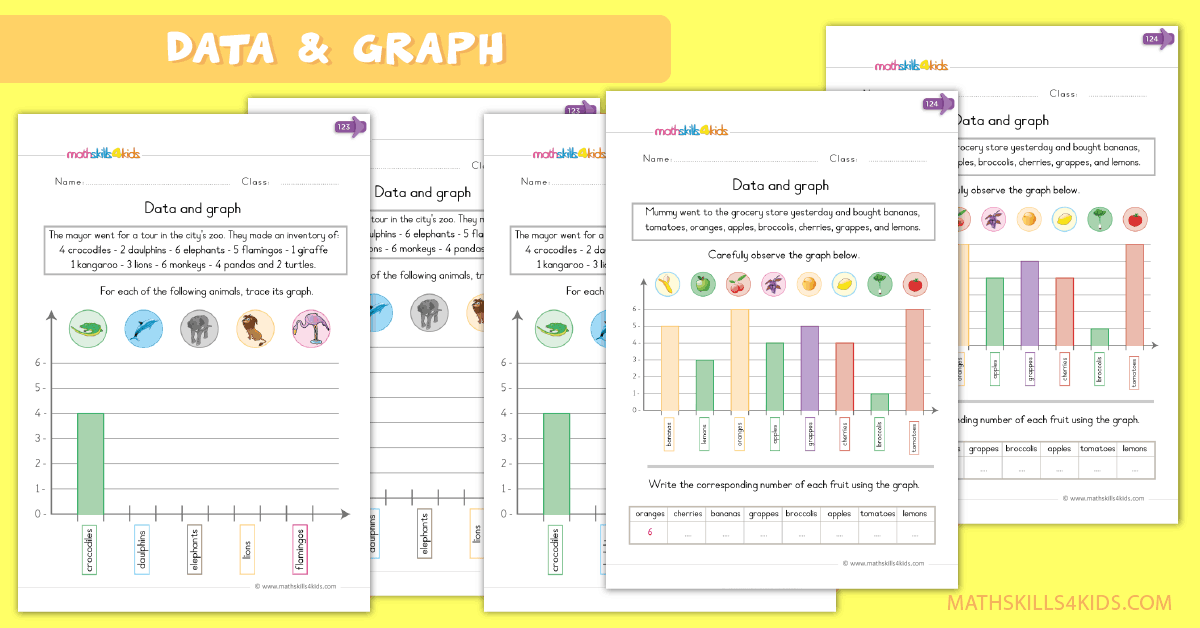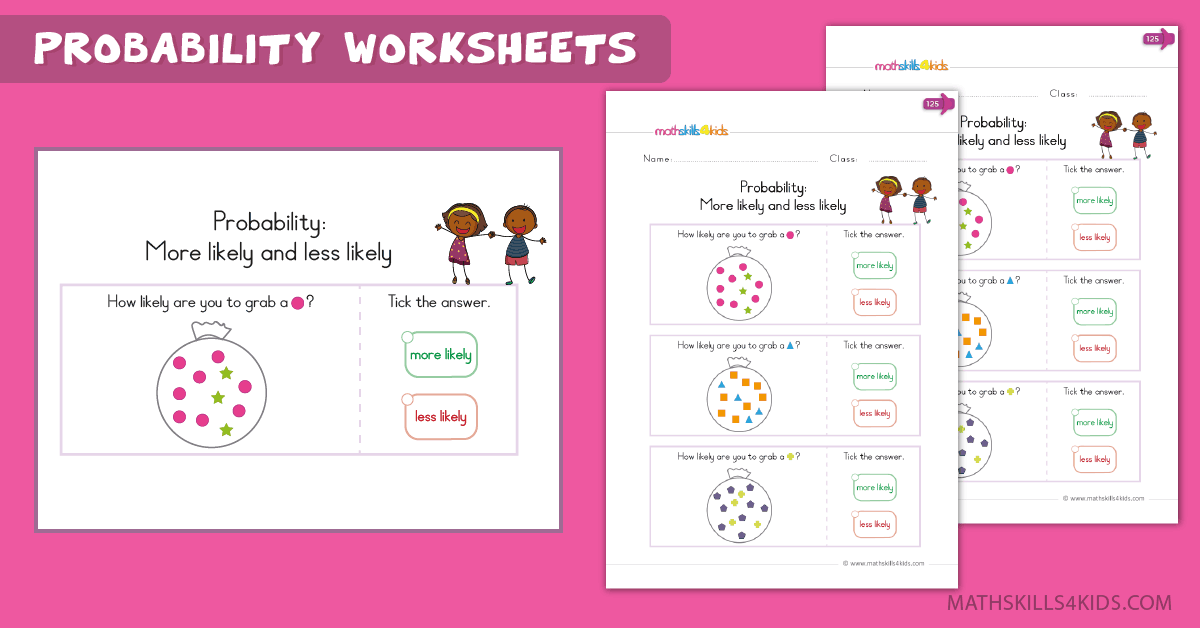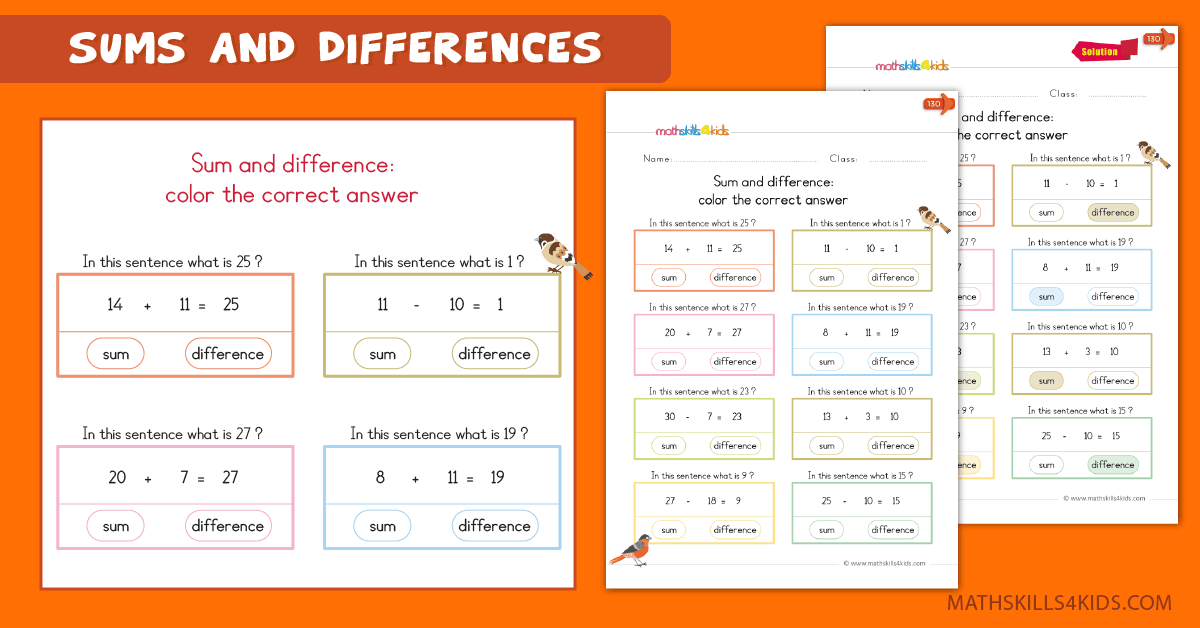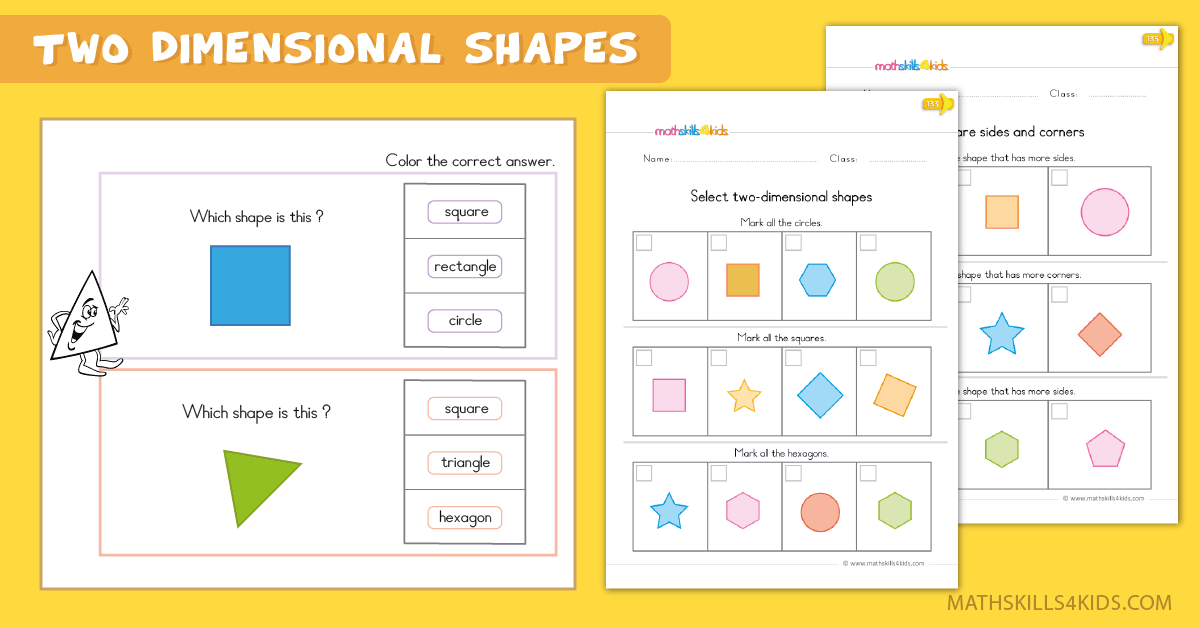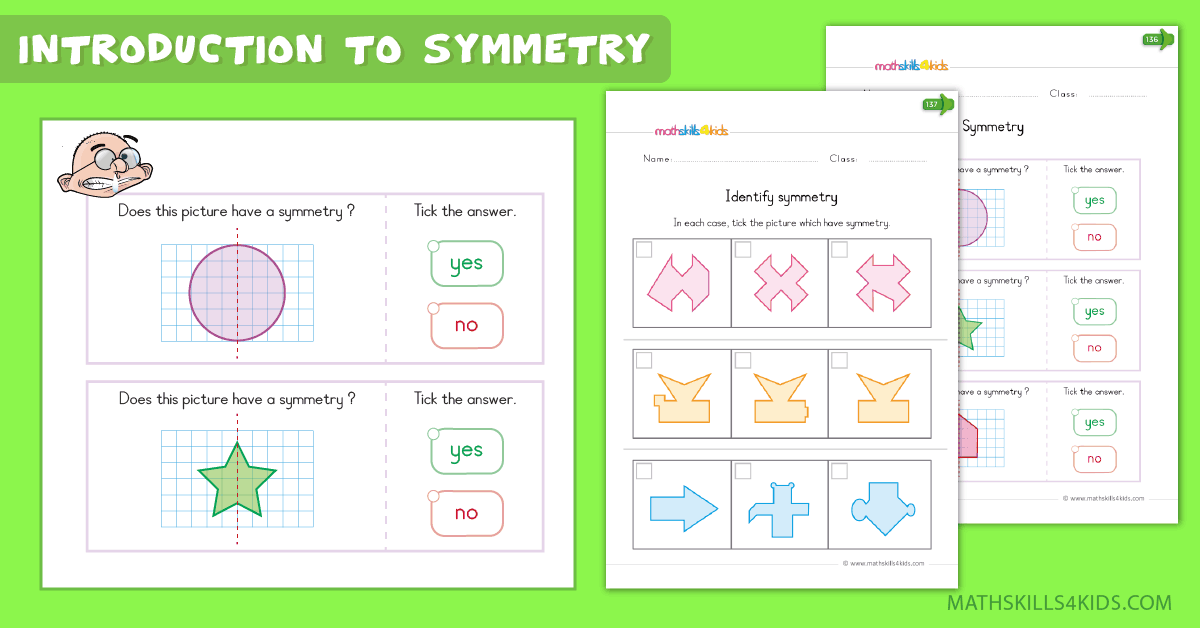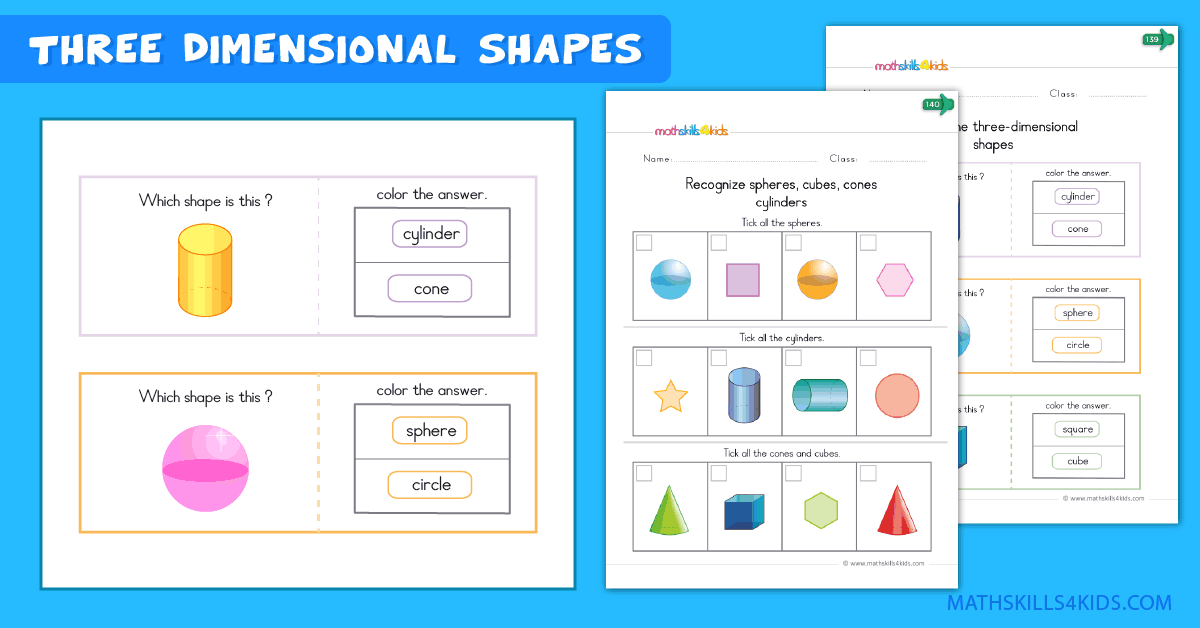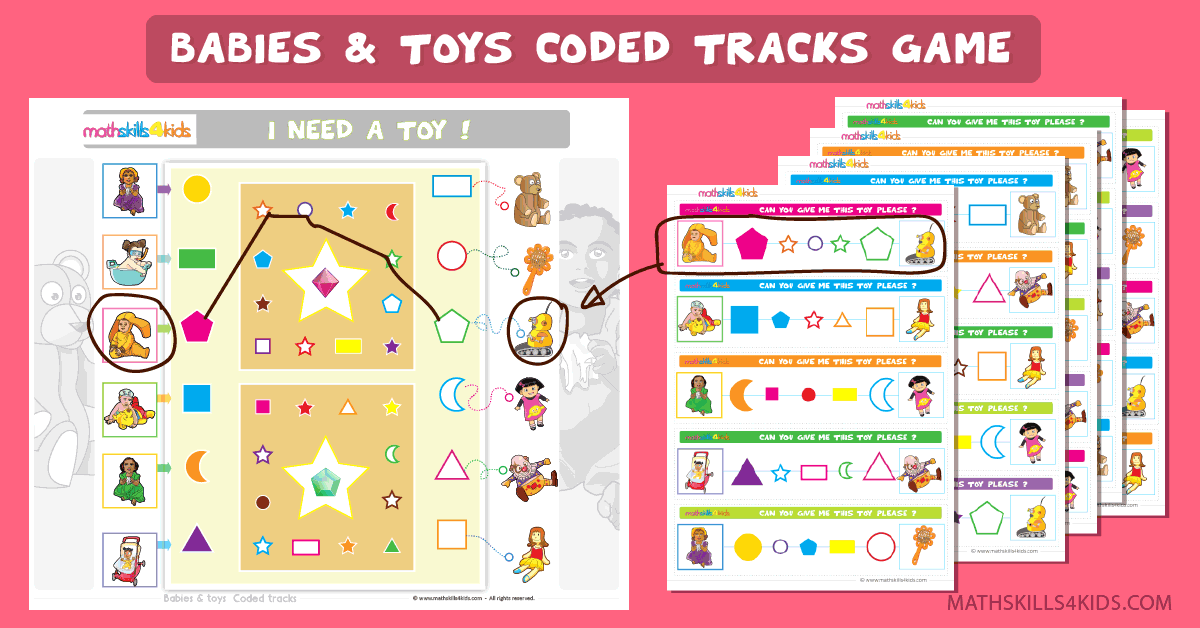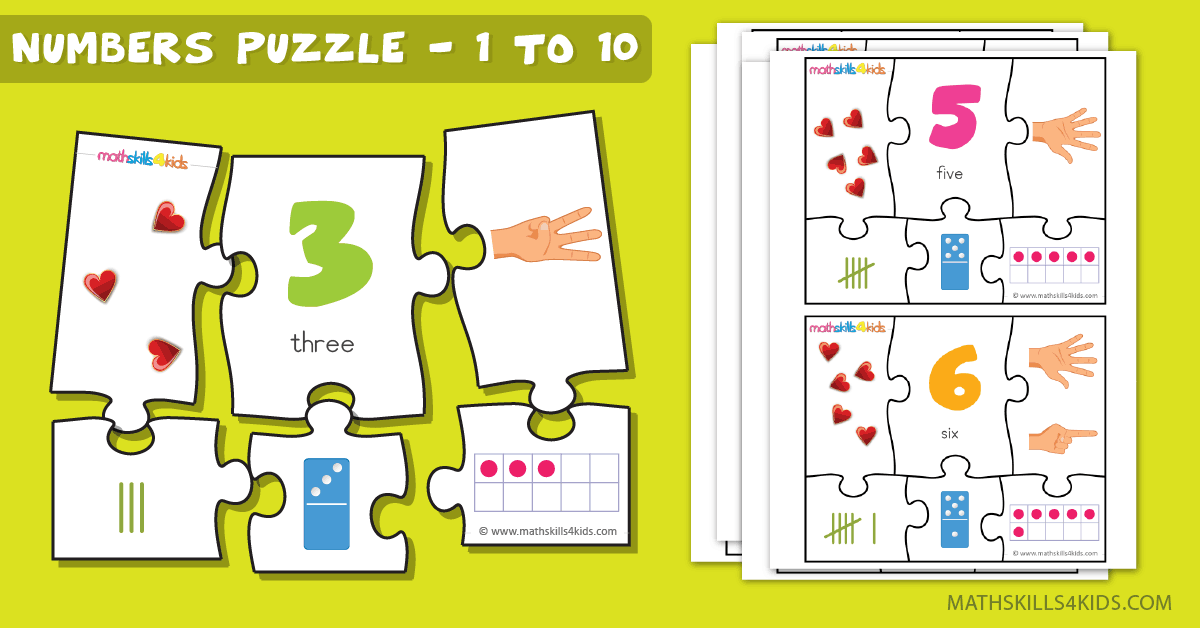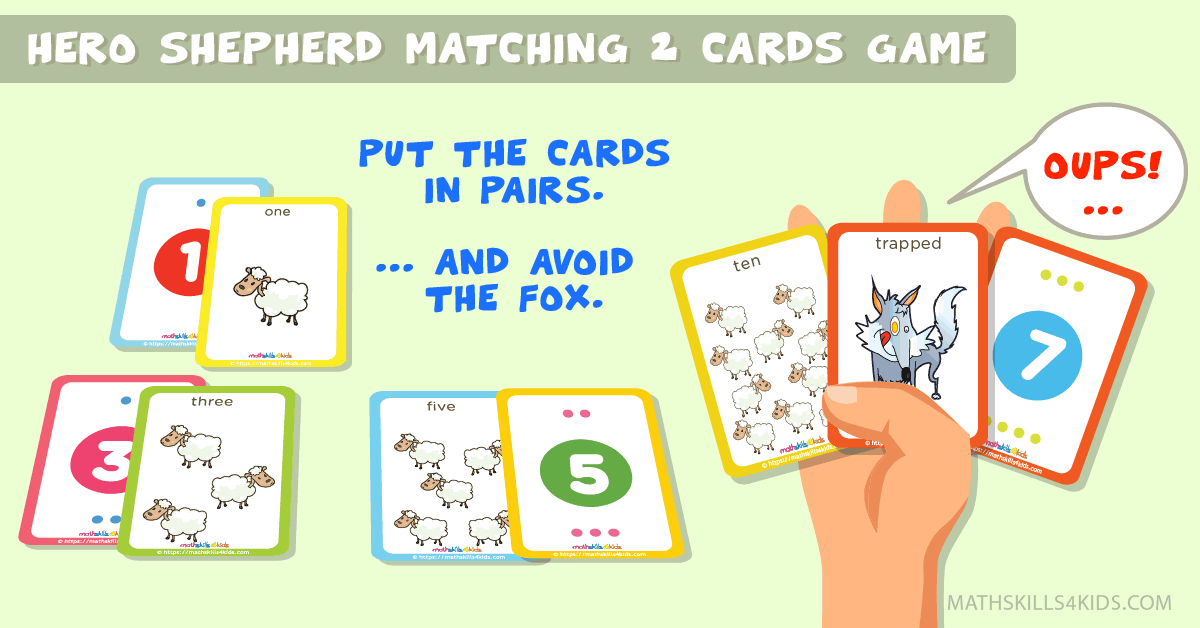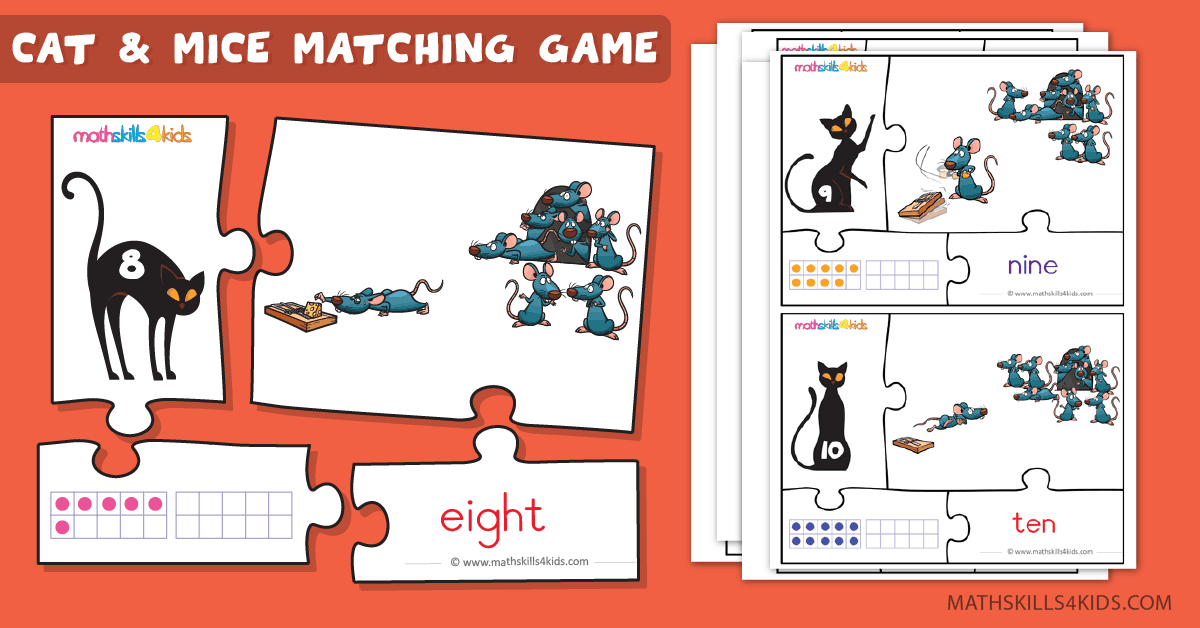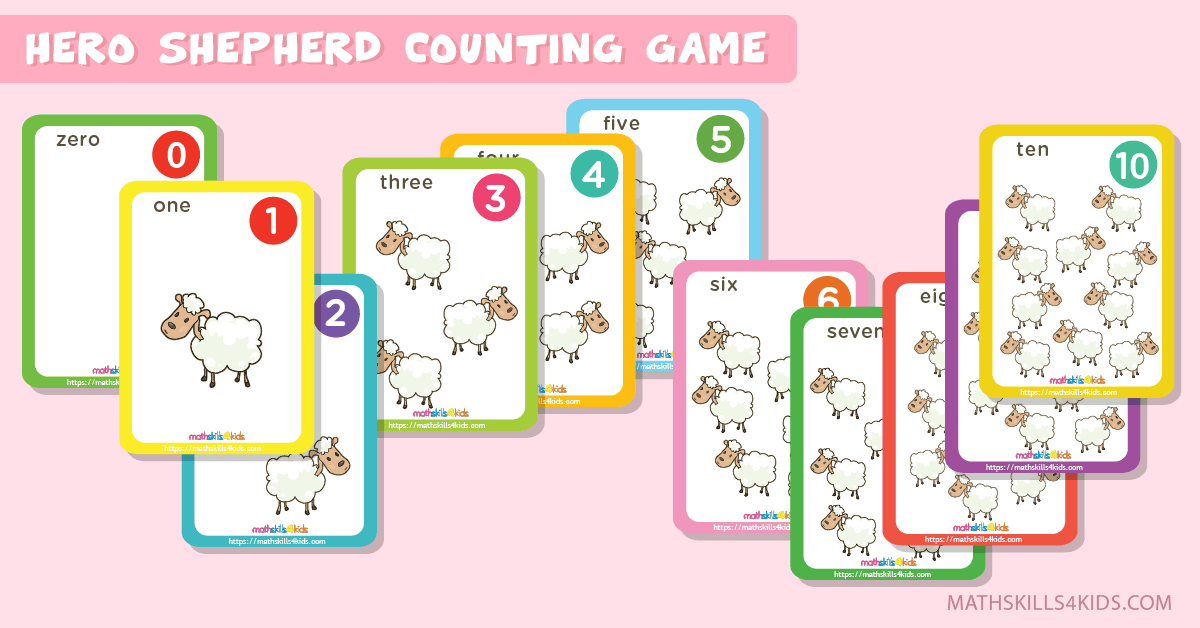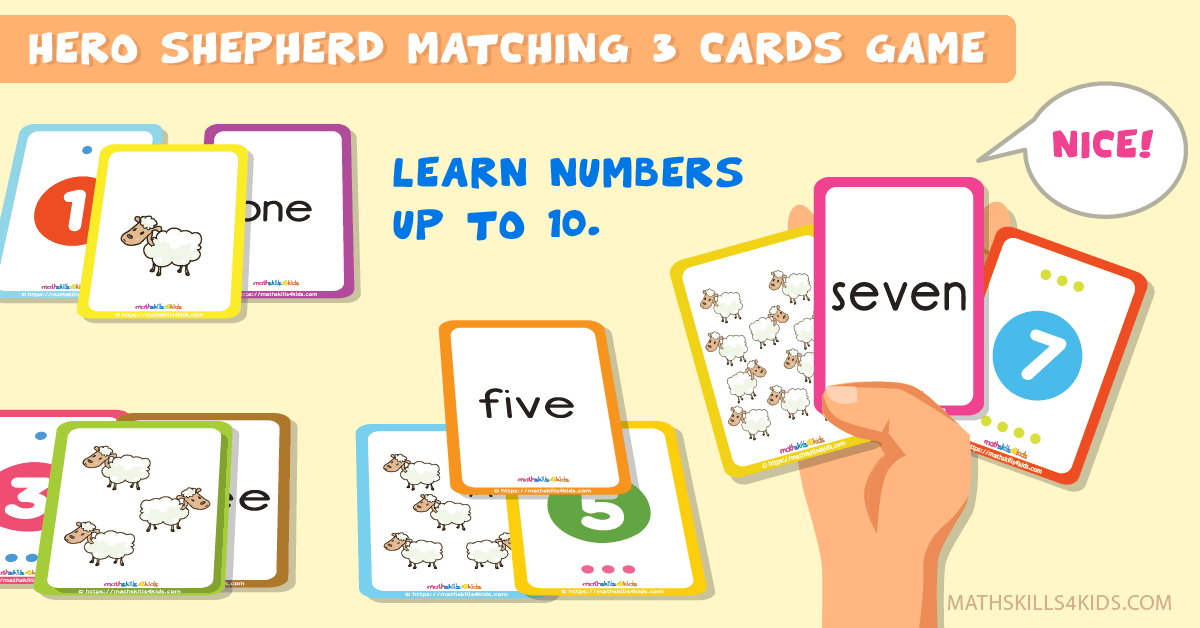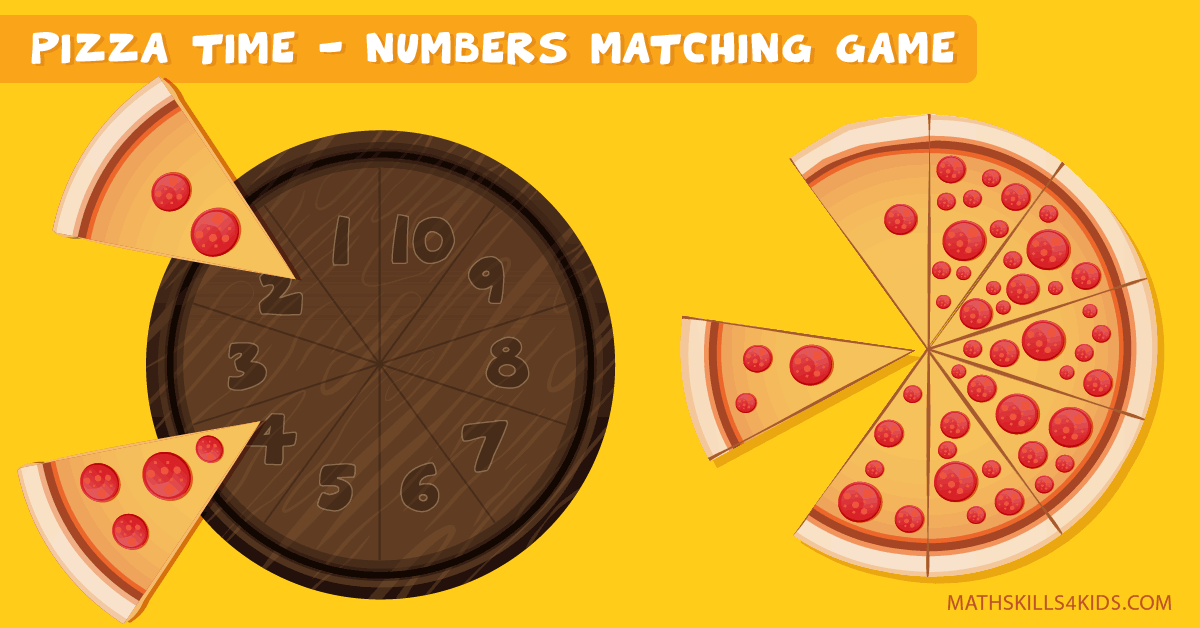How to teach kindergarten math skills with fun activities and resources
Looking for new ways to help your child develop essential math skills in a fun and engaging way? If so, you've come to the right place!
In this article, we'll share some of the best games, worksheets, and activities that you can use to teach your kindergarten children math concepts such as counting, addition, subtraction, shapes, patterns, measurement, time, comparing, classifying, problem-solving, graphing, and more.
-
These fun kindergarten math activities and resources are perfect for you and your kids to follow homeschool lessons easily and at your convenience.
So, let's get started and help our kids to develop a positive attitude toward math from an early age and set them up for a successful academic future.
Fun and effective ways to develop kinders math skills at home and school
Math is everywhere! It's in the shapes we see, the numbers we count, the patterns we make, and the problems we solve. Math is also fun and creative, and it helps us develop important skills like logic, reasoning, and spatial awareness. That's why it's so important to introduce math to young children in a playful and engaging way.
In this MathSkills4Kids' section, we will share some fun and effective ways to develop kinders math skills at home and school. You will learn how to use everyday objects, games, stories, songs, and art to spark your child's curiosity and confidence in math. Whether you are a parent, a teacher, or both, you will find some practical and easy ideas to make math learning fun for your kinders!
-
-
Count to 3 worksheets

-
Count to 5 worksheets
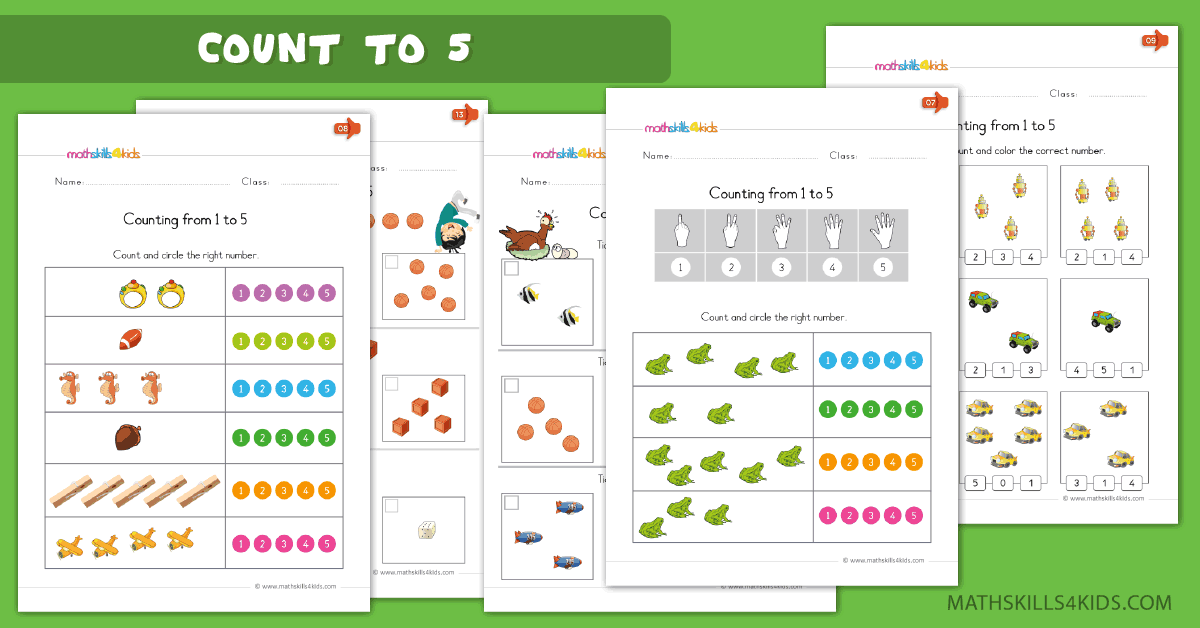
-
Count to 10 worksheets
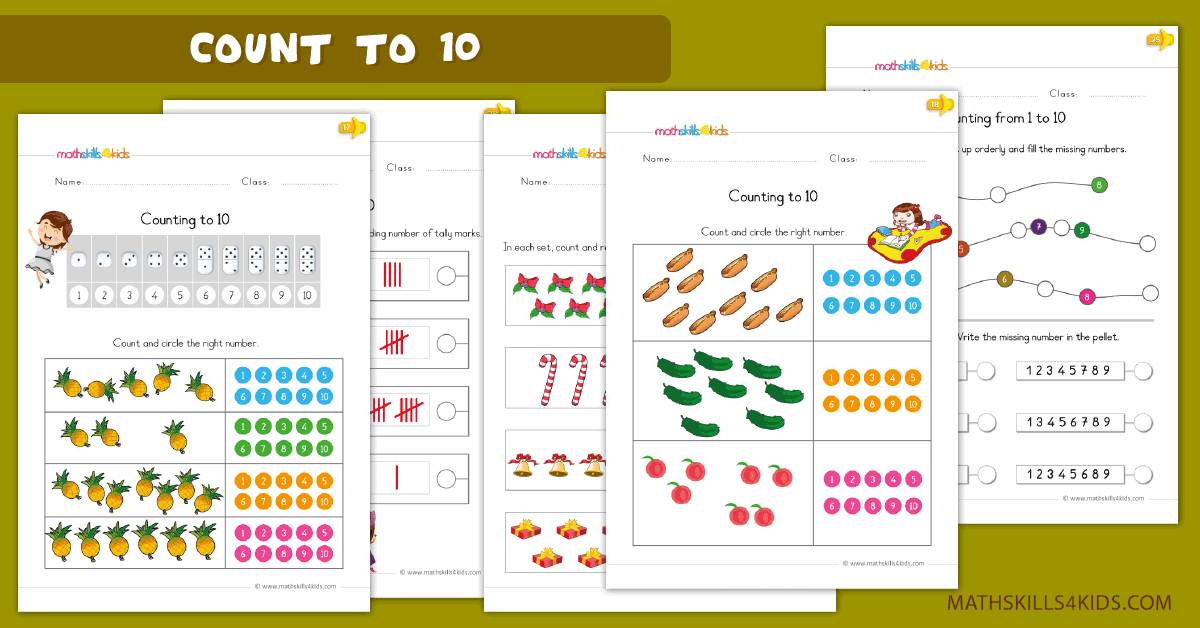
-
Count to 20 worksheets
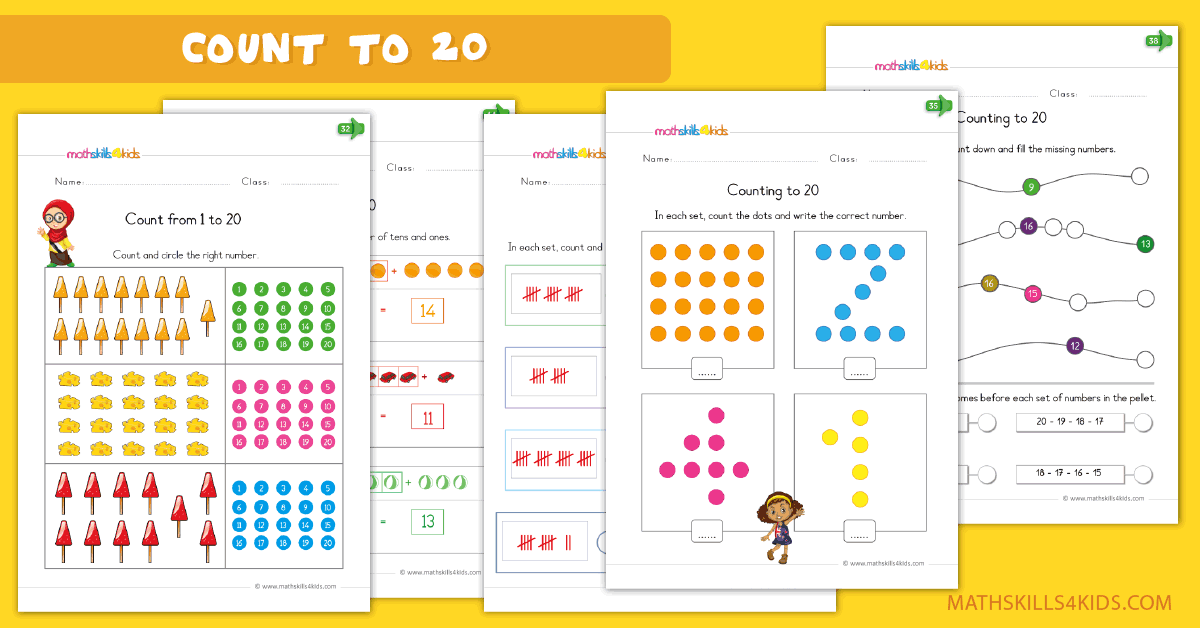
-
Counting to 100 worksheets
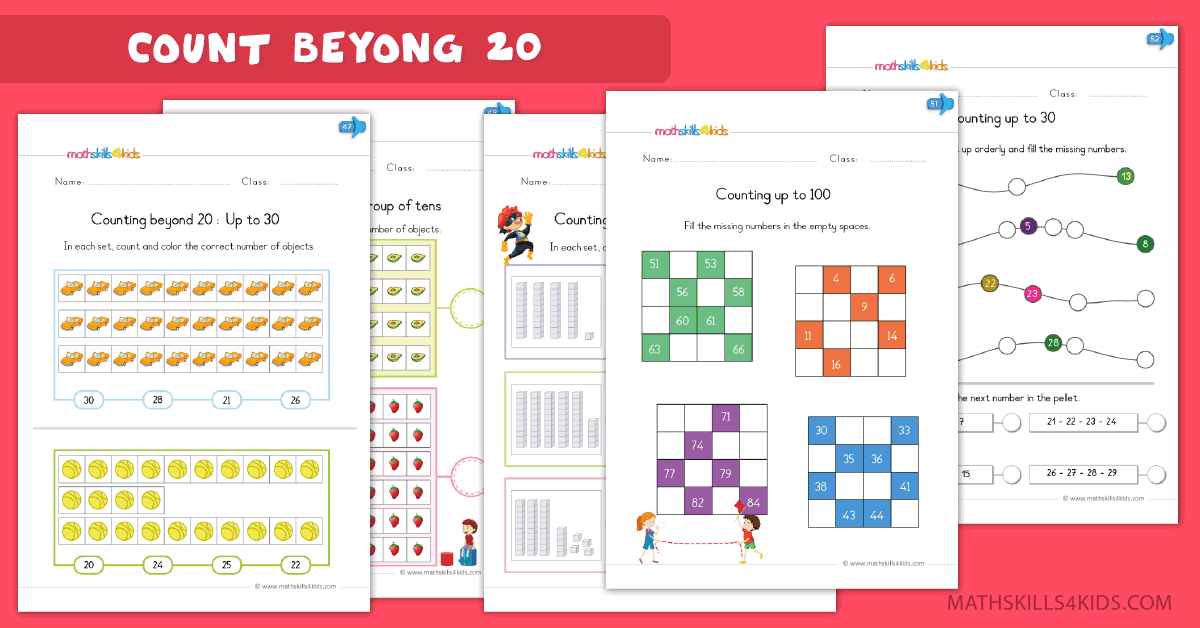
-
Skip-counting worksheets
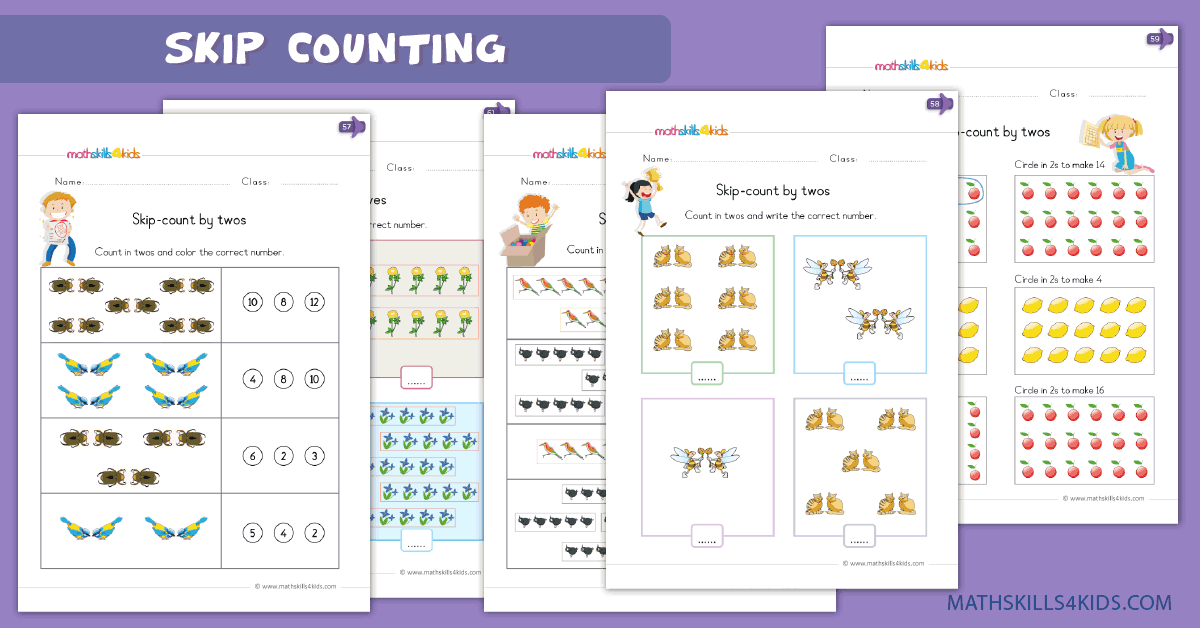
-
Counting and number recognition
One of the first math skills that your child needs to learn is how to count and recognize numbers. Counting is the foundation of all other math operations, and number recognition helps your child identify and name the quantities they are counting. Here are some fun ways to practice counting and number recognition with your child:
- Play a game of hopscotch. Draw a grid of squares on the ground with chalk or tape, and write a number from 1 to 10 in each square. Have your child hop on each square in order, saying the number out loud as they land on it. You can also have them hop backwards or skip some numbers to make it more challenging.
- Use flashcards or number cards. Show your child a card with a number on it, and have them say the number out loud. You can also have them show you the same number of fingers or objects as the card. For example, if you show them a card with the number 5 on it, they can hold up five fingers or point to five toys. You can also mix up the cards and have them put them in order from smallest to largest or vice versa.
- Play a game of bingo. Make a bingo card with numbers from 1 to 20 on it for each player. Use a spinner or dice to generate random numbers. Have your child mark off the numbers on their card as they are called out. The first one to get five in a row wins. You can also use different shapes or colors instead of numbers to make it more fun.
Counting and Number Recognition Worksheets Samples:
Find more resources on this topics here:
Counting and number recognition worksheets | K5 Learning:
https://www.k5learning.com/free-preschool-kindergarten-worksheets/counting/number-recognition -
Basic Addition and Subtraction
Once your child has mastered counting and number recognition, they can move on to learning basic addition and subtraction. Addition and subtraction are the building blocks of arithmetic, and they help your child understand how numbers can be combined or separated. Here are some fun ways to practice basic addition and subtraction with your child:
- Use manipulatives or objects. Give your child some small objects such as buttons, beads, coins, or candies. Have them add or subtract some of them by putting them together or taking them away. For example, if you give them 10 buttons and ask them to add 3 more buttons, they can put 3 more buttons next to the 10 buttons and count how many they have in total. If you ask them to subtract 4 buttons from 10 buttons, they can take away 4 buttons from the 10 buttons and count how many they have left.
- Use pictures or drawings. Give your child some paper and crayons or markers. Have them draw some pictures that represent addition or subtraction problems. For example, if you ask them to draw 2 apples plus 3 apples, they can draw 2 apples on one side of the paper and 3 apples on the other side of the paper, and then draw a line connecting them. They can then count how many apples they have in total. If you ask them to draw 5 bananas minus 2 bananas, they can draw 5 bananas on one side of the paper and cross out 2 bananas on the other side of the paper. They can then count how many bananas they have left.
- Use stories or word problems. Give your child some simple stories or word problems that involve addition or subtraction. For example, if you tell them a story about a boy who has 3 cookies and his sister gives him 2 more cookies, how many cookies does he have now? You can also ask them to make up their own stories or word problems using their toys or everyday situations.
Addition and Subtraction Worksheets Samples:
-
Shapes and Patterns
One of the first math skills that children learn is how to identify and name basic shapes, such as circles, squares, triangles, rectangles, etc. They also learn how to create and extend patterns using shapes, colors, sounds, or movements. These skills help children develop spatial awareness, logic, and creativity.
Some of the games, worksheets, and activities that you can use to teach your child about shapes and patterns are:
- Shape Bingo: Make a bingo card with different shapes on it. Call out the names of the shapes and have your child mark them on their card. The first one to get a row or column wins!
- Pattern Blocks: Use wooden or plastic blocks of different shapes and colors to create patterns. You can also use pattern cards to guide your child or challenge them to make their own patterns.
- Shape Hunt: Go on a scavenger hunt around your house or neighborhood and look for objects that have different shapes. Take pictures or draw them on a paper. You can also sort them by shape or color.
- Shape Collage: Cut out shapes from magazines or newspapers and glue them on a paper to make a collage. You can also use stickers, stamps, or crayons to add more shapes.
- Shape Songs: Sing songs that involve shapes, such as "Twinkle Twinkle Little Star", "The Wheels on the Bus", or "The Itsy Bitsy Spider". You can also make up your own songs using shapes.
Shapes and Patterns Worksheets Samples:
-
Measurement and Time
Another important math skill that children learn is how to measure length, weight, volume, temperature, etc. using standard or non-standard units. They also learn how to tell time using clocks and calendars. These skills help children develop number sense, estimation, and comparison.
Some of the games, worksheets, and activities that you can use to teach your child about measurement and time are:
- Measuring Cup: Use a measuring cup to measure different liquids, such as water, juice, milk, etc. You can also use spoons or cups of different sizes to compare the amounts. Ask your child questions like "Which one has more?" or "How many spoons make a cup?".
- Balance Scale: Use a balance scale to weigh different objects, such as toys, books, fruits, etc. You can also use coins or blocks of different weights to compare the masses. Ask your child questions like "Which one is heavier?" or "How many coins weigh the same as this toy?".
- Clock Face: Use a clock face to show different times of the day. You can also use a paper plate and cut out hands to make your own clock. Ask your child questions like "What time is it?" or "What do we do at this time?".
- Calendar: Use a calendar to mark important dates, such as birthdays, holidays, events, etc. You can also use stickers or drawings to decorate it. Ask your child questions like "What day is it?" or "How many days until ...?".
- Measurement Songs: Sing songs that involve measurement or time, such as "Five Little Monkeys," "Hickory Dickory Dock," or "How Much is that Doggie in the Window?". You can also make up your own songs using measurement or time words.
Measurement and Time Worksheets Samples:
-
Comparing and classifying
One of the first math skills that kindergarten children need to master is comparing and classifying objects by their attributes, such as size, shape, color, number, etc. This skill helps them understand the concept of measurement and sorting. Here are some fun ways to practice comparing and classifying at home:
- Play "I Spy" with your child. Look around the room and say, "I spy something that is (big/small, round/square, red/blue, etc.)." Have your child guess what it is and then switch roles.
- Use household items to make sets of objects that are alike or different. For example, you can use spoons and forks to make sets of objects with the same or different shapes. Ask your child to count how many objects are in each set and compare them using words like more, less, or equal.
- Print out some worksheets with pictures of different objects and ask your child to circle the ones that belong to a certain category. For example, you can have a worksheet with pictures of animals and ask your child to circle the ones living in the water. You can find many free worksheets online or make your own.
Comparing and classifying Worksheets Samples:
-
Problem-Solving and Critical Thinking
Problem-solving and critical thinking skills help kindergarten children to apply their math knowledge to real-life situations and challenges. Here are some fun ways to practice problem-solving and critical thinking at home:
- Play "What's Missing?" with your child. Arrange some objects on a tray or a table and have your child look at them carefully. Then cover the tray or table with a cloth and remove one object. Uncover the tray or table and ask your child to figure out what's missing.
- Use puzzles, tangrams, pattern blocks, or Lego bricks to create shapes and patterns with your child. Ask your child to copy your shape or pattern or make their own. You can also challenge your child to make a shape or pattern using only certain pieces or colors.
- Print out some worksheets that have word problems or logic puzzles and ask your child to solve them. For example, you can have a worksheet with a story about a farmer who has some animals and needs to feed them. Ask your child to figure out how many bags of food the farmer needs or how many animals he has. You can find many free worksheets online or make your own.
-
Graphing data and more
Graphing data is a great way to introduce your kids to the concepts of sorting, counting, comparing, and analyzing information. It also helps them develop their visual and spatial skills, as well as their creativity and problem-solving abilities. Here are some ideas for graphing data activities that you can do with your kids at home or in the classroom.
- Make a bar graph with Lego bricks. Give your kids a bunch of Lego bricks in different colors and sizes, and ask them to sort them by color or size. Then, have them stack the bricks on a flat surface to make a bar graph. You can ask them questions like "Which color has the most bricks?", "Which size has the least bricks?", "How many more red bricks than blue bricks are there?"
- Make a pictograph with stickers. Give your kids a sheet of paper with some categories written on it, such as animals, fruits, shapes, etc. Then, give them some stickers that match the categories, and ask them to stick them on the paper to make a pictograph. You can ask them questions like "Which category has the most stickers?" "Which category has the least stickers?" "How many more animal stickers than fruit stickers are there?"
- Make a pie chart with paper plates. Give your kids a paper plate and some crayons or markers, and ask them to draw a circle on it. Then, have them divide the circle into sections and color each section with a different color. You can assign each color a value, such as 1 point for red, 2 points for blue, 3 points for green, etc. Then, have them add up the points for each color and write the total on the plate. You can ask them questions like "Which color has the most points?", "Which color has the least points?", "What fraction of the plate is red?"
Kindergarten children will also benefit from our content on fractions, the introduction to symmetry, probabilities, etc.
Graphing data and fractions Worksheets Samples:
-
-
Buying is supporting us!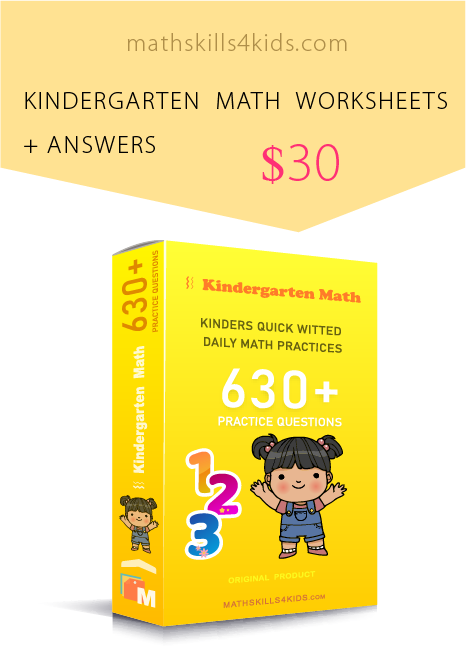
Buy Now...
MATH GAMES FOR KINDERS
We hope you enjoyed these math activities for kindegarteners! They are sure to make learning math fun and easy for your kids. Try them out today, and don’t forget to CLICK THE SHARE BUTTON to allow others to benefit from this content!
